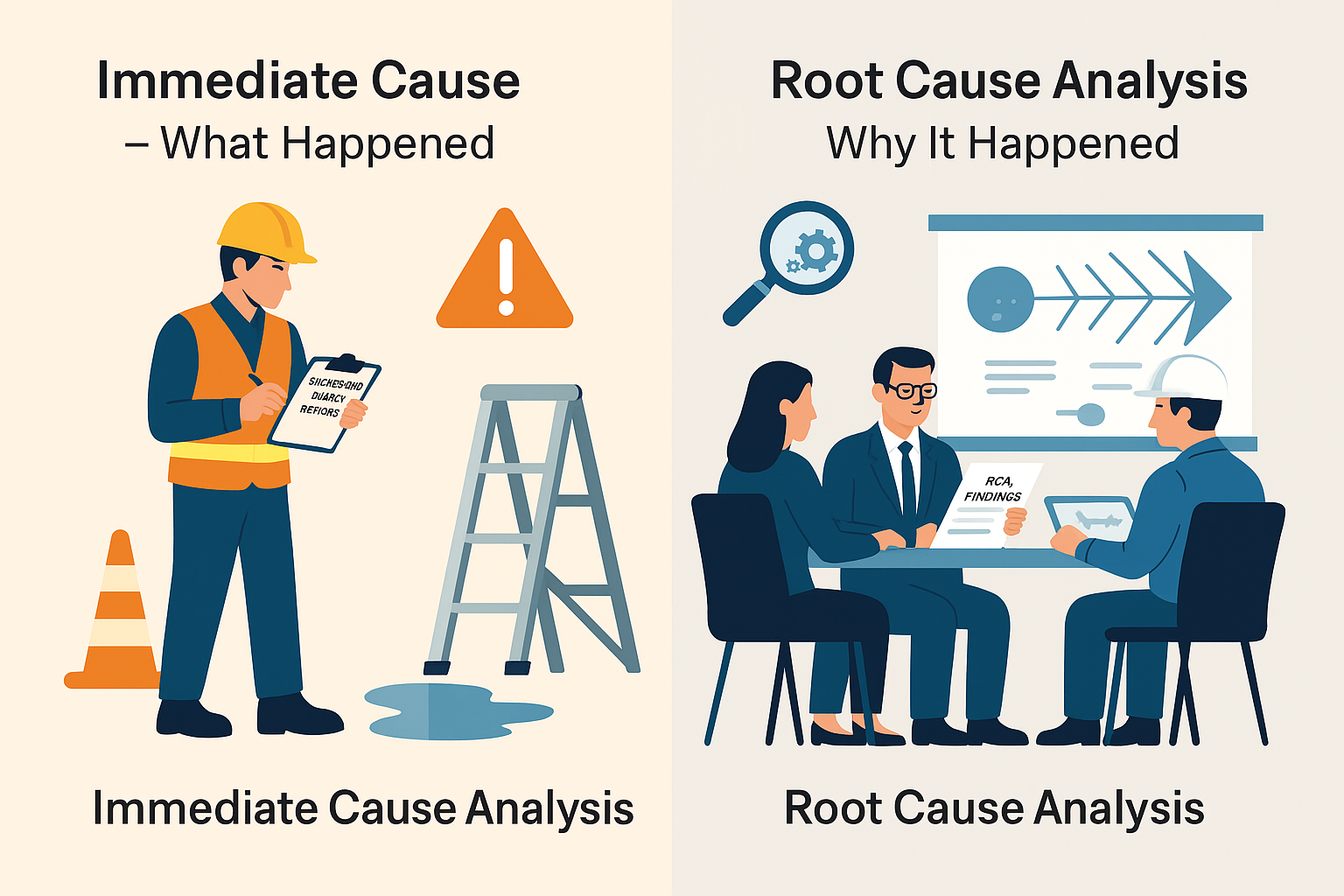
What is the Difference between ISO 18001 and ISO 45001?
What is the Difference between ISO 18001 and ISO 45001? : In today’s business landscape, ensuring the safety and well-being of employees is of paramount importance. Companies strive to create a secure work environment that adheres to international standards to minimize workplace accidents and illnesses. Two prominent standards, ISO 18001 and ISO 45001, focus on occupational health and safety management. This article will delve into the differences between ISO 18001 and ISO 45001, helping you understand their key features, benefits, and the importance of compliance.
Understanding ISO Standards
Before we explore the differences between ISO 18001 and ISO 45001, it’s essential to grasp the concept of ISO standards. ISO, which stands for the International Organization for Standardization, is a globally recognized body that develops and publishes international standards for various industries and sectors. These standards are designed to ensure quality, safety, and efficiency in products, services, and management systems.
ISO 18001: The Occupational Health and Safety Management System
Benefits of ISO 18001
ISO 18001, also known as Occupational Health and Safety Management System (OHSMS), is designed to help organizations improve their occupational health and safety performance. Some of the key benefits of ISO 18001 include:
- Reducing workplace accidents and illnesses
- Ensuring legal compliance
- Enhancing employee morale and productivity
- Reducing insurance costs
- Demonstrating a commitment to safety
Key Features of ISO 18001
ISO 18001 has several key features, including:
- Hazard identification and risk assessment
- Establishing objectives and programs
- Implementing safety policies and procedures
- Monitoring and measuring performance
- Continuous improvement through audits and reviews
ISO 45001: The Occupational Health and Safety Management System
Benefits of ISO 45001
ISO 45001 is the successor to ISO 18001 and provides similar benefits, including:
- Improved safety and health performance
- Legal compliance
- Employee engagement
- Cost savings
- Enhanced reputation
Key Features of ISO 45001
ISO 45001 features a similar structure to ISO 18001, with an emphasis on:
- Context of the organization
- Leadership and worker participation
- Planning and support
- Operation and performance evaluation
- Improvement
Key Differences between ISO 18001 and ISO 45001
While both ISO 18001 and ISO 45001 focus on occupational health and safety management, there are notable differences between them.
Scope
ISO 18001 primarily focuses on occupational health and safety management, while ISO 45001 takes a broader approach, considering the context of the organization, leadership, and worker participation.
Structure
ISO 18001 has a more traditional structure, while ISO 45001 follows the Annex SL framework, making it easier to integrate with other management systems.
Terminology
ISO 45001 has updated terminology to align with modern management practices, while ISO 18001 uses older terminology.
Transitioning from ISO 18001 to ISO 45001
Organizations that are already certified to ISO 18001 have the option to transition to ISO 45001. The transition involves understanding the new requirements and aligning the existing OHSMS with ISO 45001 standards.
Choosing the Right Standard
The choice between ISO 18001 and ISO 45001 depends on the organization’s specific needs, existing management systems, and goals for occupational health and safety.
Implementation Challenges
Implementing ISO standards can be challenging, but the benefits in terms of safety and compliance far outweigh the initial hurdles. It’s essential to allocate resources, engage employees, and maintain a commitment to ongoing improvement.
Importance of Compliance
Compliance with ISO 18001 or ISO 45001 is crucial for organizations. It ensures the safety of employees, minimizes risks, and enhances the organization’s reputation.
Conclusion
In conclusion, ISO 18001 and ISO 45001 are both valuable tools for improving occupational health and safety in organizations. Understanding their differences and the benefits they offer can help you make an informed decision when choosing the right standard for your business.
What is the Difference between EHS and HSE?
What are the Important Points of HSE?
FAQs
- What is ISO 18001?
- ISO 18001 is the Occupational Health and Safety Management System, focusing on workplace safety and health.
- What is ISO 45001?
- ISO 45001 is the successor to ISO 18001 and provides a broader approach to occupational health and safety management.
- What are the key benefits of ISO 18001?
- Key benefits of ISO 18001 include reducing workplace accidents, ensuring legal compliance, and enhancing employee morale.
- How do ISO 18001 and ISO 45001 differ in structure?
- ISO 18001 follows a traditional structure, while ISO 45001 uses the Annex SL framework for better integration with other management systems.
- Why is compliance with ISO standards important?
- Compliance ensures the safety of employees, minimizes risks, and enhances the organization’s reputation.
In this article, we’ve explored the differences between ISO 18001 and ISO 45001, two essential standards for occupational health and safety management. Understanding these standards and their benefits can help your organization create a safer and more compliant workplace.
























